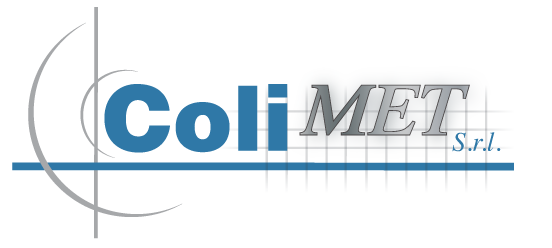Nor the long Chinese weekend, finished on 9 October, nor the recent sale of further 50.000 tons from the reserves of the Chinese government (in total stocks hesitate in 2021 amount to 150.000 Your) they served to stop the rise in zinc prices.
The driving forces are primarily due to the reduction in production of Chinese smelters, first under the pressure of the anti-pollution measures adopted by local authorities and today by restrictions on the supply of electricity and it is well known that Zinc and Aluminum are energy-intensive productions.
In Europe, these restrictions combined with the sharp increase in energy tariffs are also forcing smelters to increase sales premiums and to concentrate production only in the hours of the day when energy is cheaper.
These tensions also affect the London Stock Exchange, where the Backwardation reappeared (cash prices higher than forward prices), a situation which is also common to Rame, Nickel, Tin and Aluminum.
Since the beginning of September, prices have gone up by 7,2% in US Dollars and 9,7% in EUR, taking into account that the Euro depreciated in this period of 3% against the dollar (in the year, the depreciation is of 6,3%).
Going back to the beginning of 2021, the increase is of 19% and, doing a backward analysis, we must note that today's listing of 3.284 $ / ton are still far from the highs recorded on 18/02/2012, when they touched 3.589,75 $ / tonne.
According to the most accredited analysts, the march of zinc prices does not seem to slow down for the next few months, for at least two reasons. First of all, the recovery of demand for infrastructures which will require a high consumption of steel and consequently of zinc, which is the main metal capable of protecting it from corrosion attacks, and an acceleration of inflation, a little everywhere in the world.
Another point in favor of the growth in consumption is the undisputed primacy of zinc, as a protector of steel against the cancer of "rust", which will derive from the new Technical Standards in Italy and Europe which will establish the obligation to provide, in sede di progettazione, the duration of the steel structures equal to at least 100 years, with limited intermediate maintenance interventions. Today, only the electric arc galvanizing is able to ensure these performances, because it is the only system capable of ensuring thicknesses greater than 250-300 micron (the higher the Zn, the longer the life cycle of the steel).
Not to mention the automotive sector which has suffered so far from the decline in private demand, but that should in turn recover, albeit with less enthusiasm.
In light of the above, the maximum price recorded in February 2012 it doesn't seem that far away.
